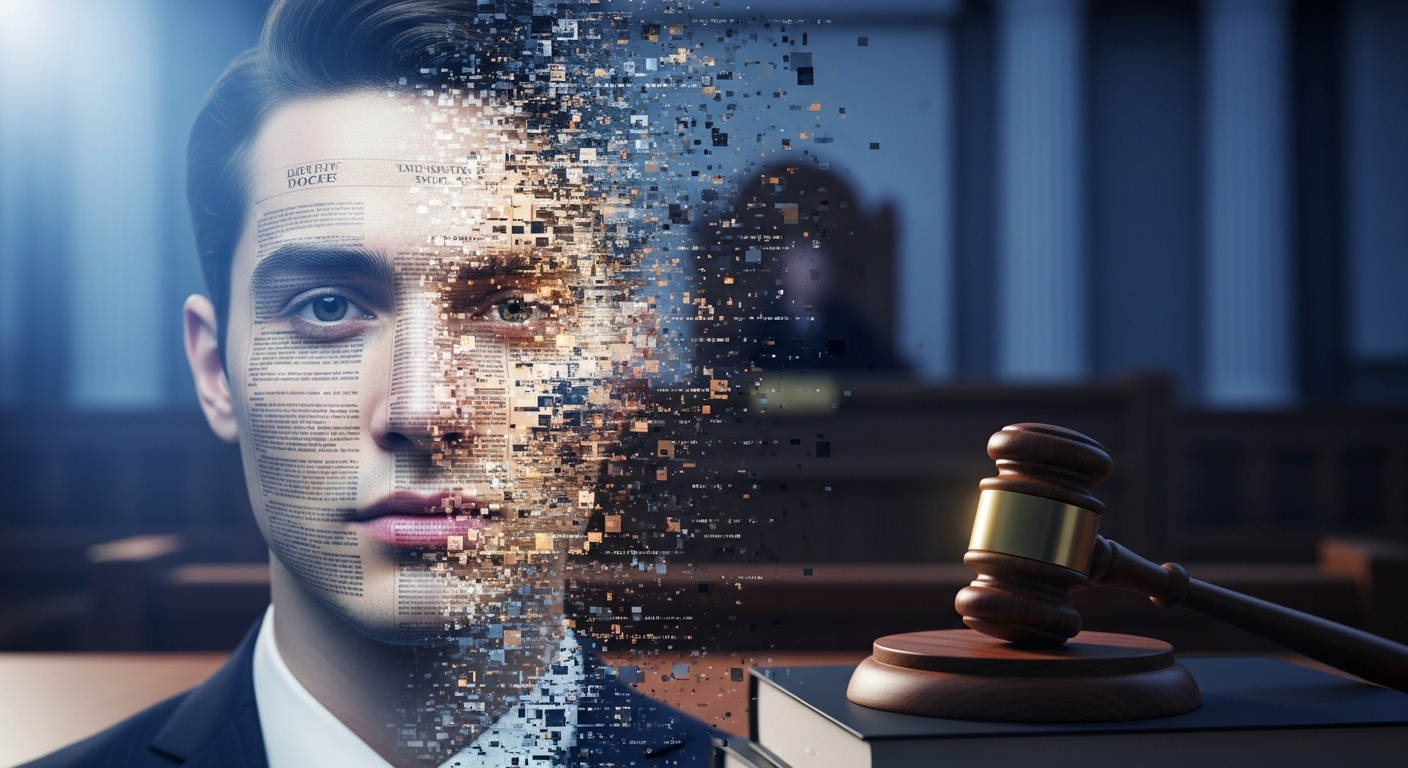The Legal Maze of Deepfake Technology: Challenges and Solutions
Introduction: In an era where digital manipulation reaches new heights, deepfake technology emerges as a double-edged sword, presenting unprecedented legal challenges. This article delves into the intricate legal landscape surrounding deepfakes, exploring current regulations, potential risks, and proposed solutions to address this rapidly evolving phenomenon.

The Current Legal Landscape
Presently, there is no comprehensive federal legislation in the United States specifically addressing deepfakes. However, several states have taken the initiative to enact laws targeting various aspects of deepfake creation and distribution. California, for instance, passed AB-730, which prohibits the distribution of audio or video with the intent to deceive voters within 60 days of an election. Texas enacted SB 751, criminalizing the creation and sharing of deepfakes with the intent to harm, defraud, or intimidate.
Existing Laws and Their Limitations
While no federal law explicitly addresses deepfakes, existing legal frameworks offer some recourse. Copyright law can be invoked if a deepfake uses copyrighted material without permission. Defamation laws may apply if a deepfake harms someone’s reputation. The right of publicity, which protects against the unauthorized use of one’s likeness, could also be relevant. However, these laws were not designed with deepfake technology in mind and often fall short in addressing its unique challenges.
First Amendment Concerns
One of the most significant hurdles in regulating deepfakes is balancing the need for protection against the constitutional right to free speech. Overly broad regulations risk infringing on legitimate forms of expression, including parody and satire. Courts have consistently held that false speech, in general, is protected under the First Amendment, making it challenging to craft legislation that effectively targets malicious deepfakes without running afoul of constitutional protections.
International Perspectives and Challenges
The global nature of the internet means that deepfakes created in one jurisdiction can easily spread to others, complicating enforcement efforts. Some countries have taken more aggressive stances; China, for example, has implemented regulations requiring deepfakes to be labeled and traceable to their creator. The European Union is considering similar measures as part of its broader digital services regulations. These international approaches offer valuable insights but also highlight the need for coordinated global efforts to address the cross-border nature of deepfake proliferation.
Proposed Solutions and Future Directions
Legal experts and policymakers are exploring various approaches to address the deepfake challenge. One proposal involves creating a federal task force to study the issue and recommend comprehensive legislation. Another suggestion is to establish a regulatory framework similar to that governing other forms of digital content, with platforms being required to implement measures to detect and label deepfakes. Some advocate for expanding existing laws, such as those governing identity theft or fraud, to explicitly cover deepfake-related offenses.
Technological Solutions and Legal Implications
As the legal system catches up with technology, many are turning to technological solutions to combat deepfakes. Researchers are developing AI-powered detection tools that can identify manipulated media with increasing accuracy. However, the use of such tools raises its own legal questions. For instance, how would evidence from these tools be treated in court? Could mandatory implementation of detection technology on platforms infringe on user privacy or platform neutrality principles?
The Role of Digital Literacy and Education
While legal and technological solutions are crucial, experts increasingly emphasize the importance of digital literacy education. Teaching the public to critically evaluate digital content and recognize potential deepfakes could serve as a powerful complement to legal measures. Some propose that such education programs could be mandated as part of a comprehensive approach to addressing the deepfake challenge.
In conclusion, the legal landscape surrounding deepfake technology is complex and rapidly evolving. As lawmakers and legal experts work to develop effective regulations, they must navigate a delicate balance between protecting individuals and society from harm while preserving fundamental rights and fostering innovation. The multifaceted nature of the challenge calls for a combination of legal, technological, and educational approaches, as well as international cooperation. As deepfake technology continues to advance, so too must our legal frameworks and societal preparedness to address its implications.





